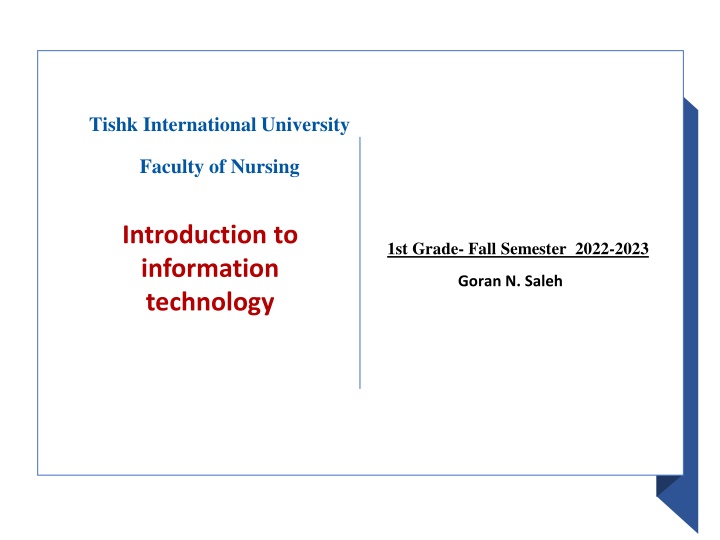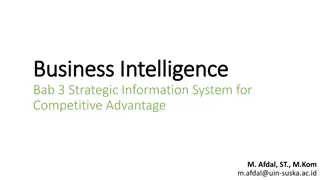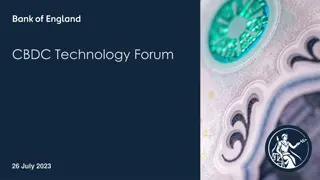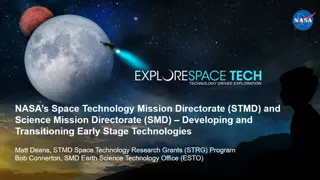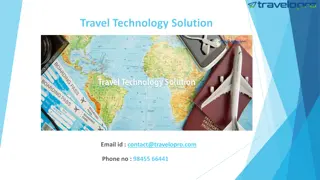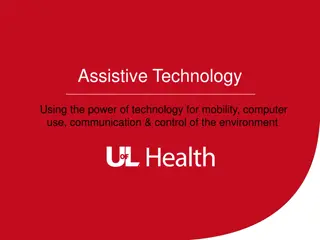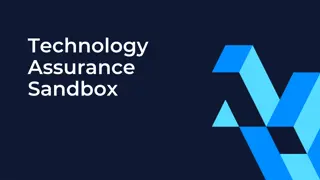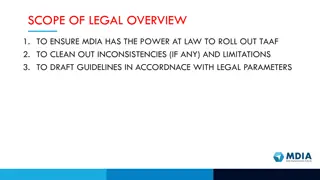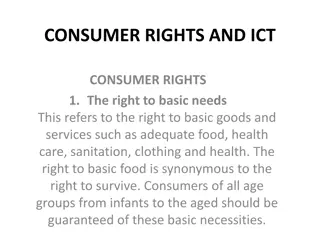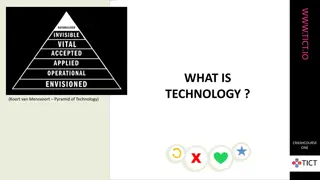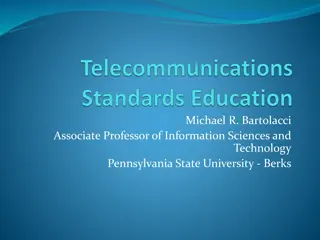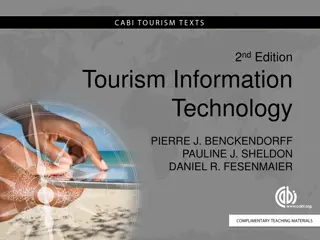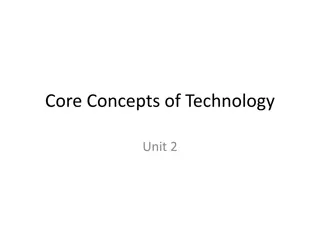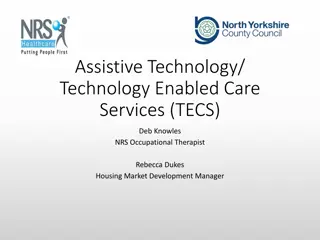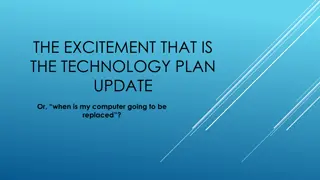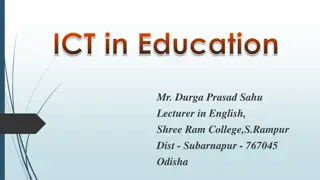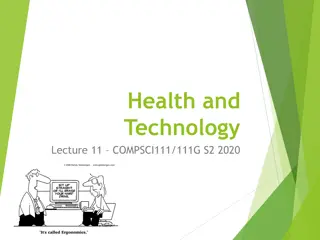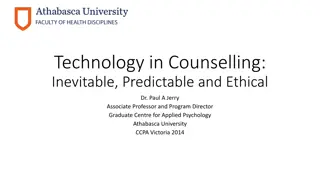Introduction to information technology
Explore the fundamental components of computer systems, including hardware, software, and people. Delve into the history and evolution of computers through the five generations, from vacuum tubes to modern devices. Gain insights into binary code, main computer functions, and common terminology in IT.
Download Presentation

Please find below an Image/Link to download the presentation.
The content on the website is provided AS IS for your information and personal use only. It may not be sold, licensed, or shared on other websites without obtaining consent from the author.If you encounter any issues during the download, it is possible that the publisher has removed the file from their server.
You are allowed to download the files provided on this website for personal or commercial use, subject to the condition that they are used lawfully. All files are the property of their respective owners.
The content on the website is provided AS IS for your information and personal use only. It may not be sold, licensed, or shared on other websites without obtaining consent from the author.
E N D
Presentation Transcript
Tishk International University Faculty of Nursing Introduction to information technology 1st Grade- Fall Semester 2022-2023 Goran N. Saleh
Syllabus of Introduction to IT What makes a computer? Main functions that a computer do. Binary and data. How the computer actually work. Computer parts (input, output) Computer parts (CPU) Computer parts (Storage, memory) Computer parts (motherboard, ports) Mouse/Pad and Keyboard Hardware, Software Operating System Common computer terminology.
The purposes and the objectives Introduction to IT: The purposes of Introduction to IT: A computer system has three main components: hardware, software, and people. The equipment associated with a computer system is called hardware. Software is a set of instructions that tells the hardware what to do. People, however, are the most important component of a computer system - people use the power of the computer for some purpose. In fact, this course will show you that the computer can be a tool for just about anyone from a business person, to a student , to an artist, to a housekeeper, an incredibly powerful and flexible tool. The objectives of Introduction to IT: Introduce the computing term and identify the main functions that a computer device does. Explain binary, data, circuits and logic and how they use Zeros and Ones to give us the output we desire. Tackling the main parts of the computer along with its input and output devices. Identifying the differences between hardware, software and operating systems.
THE FIVE GENERATIONS OF COMPUTERS PRESENTATION INTRODUCTION FIRST GENERATION OF COMPUTER SECOND GENERATION OF COMPUTER THIRD GENERATION OF COMPUTER FOURTH GENERATION OF COMPUTER FIFTH GENERATION OF COMPUTER
INTRODUCTION: The history of computer development is often referred to in reference to the different generations of computing devices. Each generation of computer is characterized by a major technological development that fundamentally changed the way computers operate, resulting in increasingly smaller, cheaper, more powerful and more efficient and reliable devices.
First Generation - 1940-1956: Vacuum Tubes: Used vacuum tubes for circuitry, magnetic drums for memory, and were often enormous, taking up entire rooms. Very expensive , consumed great deal of electricity, generated a lot of heat, which was often the cause of malfunctions. Relied on machine language to perform operations, could solve one problem at a time. Input was based on punched cards and paper tape, and output was displayed on printouts. UNIVAC and ENIAC computers are examples of first-generation computing devices.
Second Generation - 1956-1963: Transistors: Transistors replaced vacuum tubes allowing computers to become smaller, faster, cheaper, more energy-efficient and more reliable than their first- generation predecessors. Still relied on punched cards for input and printouts for output. Second-generation computers moved from cryptic binary machine language to symbolic, or assembly, languages, which allowed programmers to specify instructions in words. High-level programming languages like COBOL and FORTRAN were used.
Third Generation - 1964-1971: Integrated Circuits: Integrated circuit was used, Transistors were miniaturized and placed on silicon chips, called semiconductors, which increased the speed and efficiency of computers. Instead of punched cards and printouts, users interacted through keyboards and monitors and interfaced with an operating system, which allowed the device to run many different applications at one time with a central program that monitored the memory. Computers for the first time became accessible to a mass audience because they were smaller and cheaper than their predecessors.
Fourth Generation - 1971-1995: Microprocessors Microprocessor were used, What in the first generation filled an entire room could now fit in the palm of the hand. In 1981 IBM introduced its first computer for the home user, and in 1984 Apple introduced the Macintosh. As these small computers became more powerful, they could be linked together to form networks, which eventually led to the development of the Internet. Fourth generation computers also saw the development of GUIs, the mouse and Hand held devices.
Fifth Generation:1995 and Beyond: Artificial Intelligence Fifth generation computing devices, based on artificial intelligence, are still in development, though there are some applications, such as voice recognition, that are being used today. The use of parallel processing and superconductors is helping to make artificial intelligence a reality. Quantum computation and molecular and nanotechnology will radically change the face of computers in years to come. The goal of fifth-generation computing is to develop devices that respond to natural language input and are capable of learning and self-organization.
